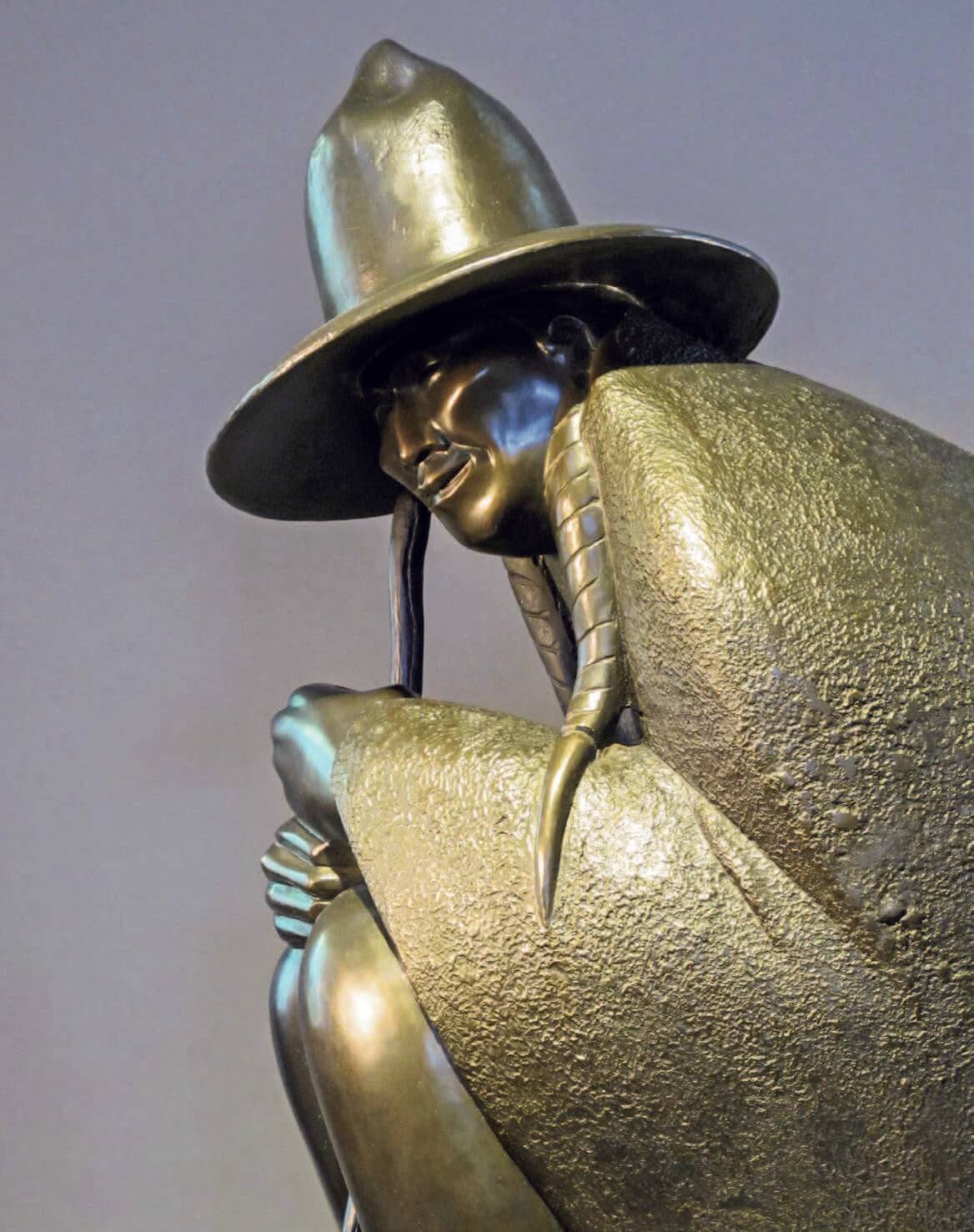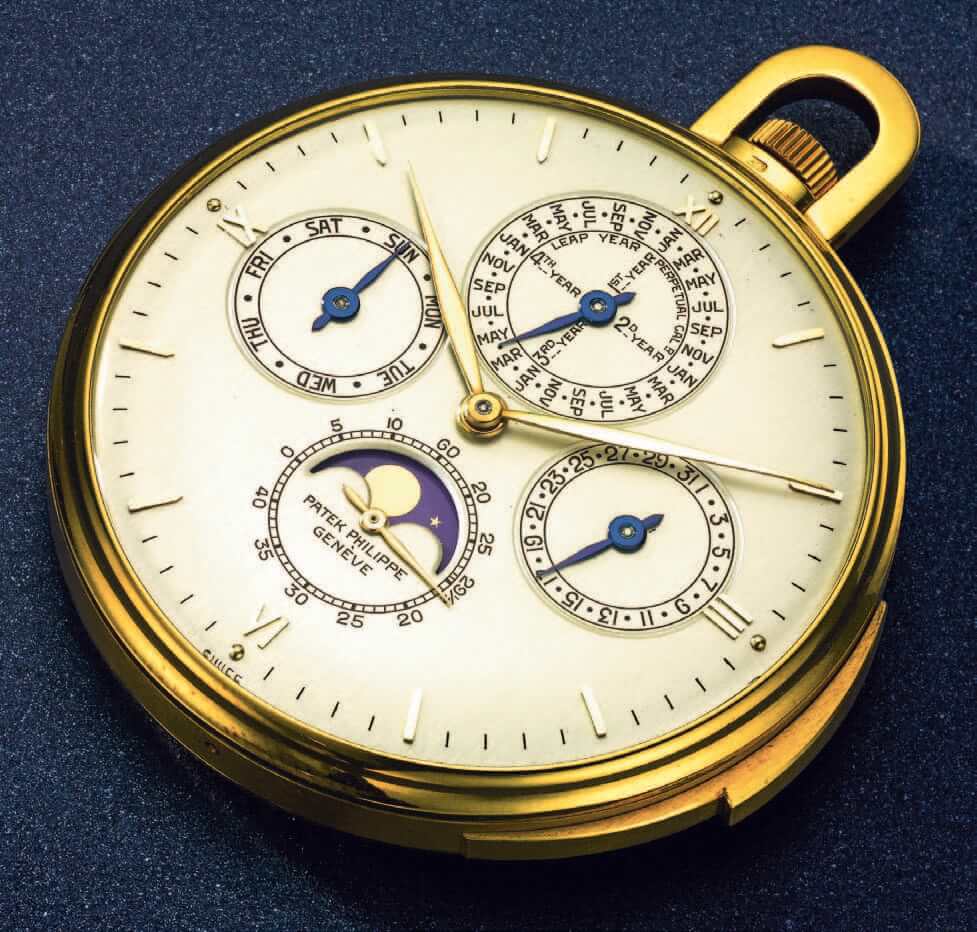We all have what my wife, Katrina Hess, calls “underperforming assets.” Some we hang on to for sentimental reasons and, as we have always noted, not a single person in the world can put a price on sentimentality.
Our story today is about a Lakeland, Florida resident who had a peculiar request. The woman was 77 and her younger husband was recently retired from his business at 72. She mentioned that his “first wife” was his business and she was simply his “mistress” (yes, she had a terrific sense of humor), and now that they both had time on their hands, they wanted to go on a cruise down the Danube, a long-dreamed-of trip that they had just not gotten around to. She said she had a house full of antiques and “old stuff” and some of her mother’s stuff, as well, and warned that all she wanted to sell was enough for their airfare and the cruise: about $10,000 worth.
A Lucrative House Call
We sent our most senior fine and decorative arts expert to her home, and he was surprised to find a house that was devoid of anything valuable: 1960s inexpensive decorative items worth a few bucks to $50, but nothing noteworthy. Our house-call expert recalls that she suddenly asked him if we bought statues. Expecting more “junque”, he followed her to the garage to find a dusty, old 2-foot-tall bronze sculpture by an obscure (but well-known to collectors) Native American artist named Allan Houser… with the title Old Memories.

$20,000 / 1982 BRONZE SCULPTURE BY ALLAN HOUSER
We entered into an agreement to sell it for the couple and gave them a $10,000 advance (that was the Danube money). We eventually sold it for much more — and a month after they returned from their trip, we presented them with another check for an additional $9,000 after we deducted our commission. Think about it — you might have “underperforming assets” of your own, hidden away in “old stuff.”
This is an archival article formerly written and is for informational purposes only. The valuations in this article have likely changed since it was first written.



